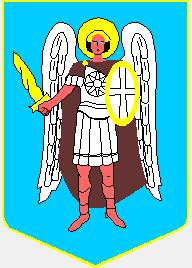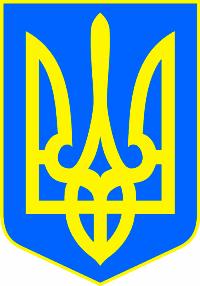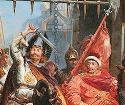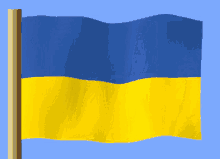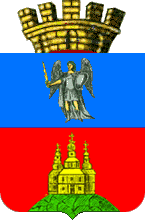Since 1569 Union of Lublin that formed the Polish-Lithuanian Commonwealth Kiev with other Ukrainian territories was transferred to Polish crown were it became a capital of Kijów Voivodship. Its role of Orthodox center strengthened due to expansion of Roman Catholicism under the Polish rule. In 1632, Peter Mogila the Orthodox Metropolitan of Kiev and Galicia established the Kiev Mogila Academy, an educational institution aimed to preserve and develop Ukrainian culture and Orthodox faith despite Polish Catholic oppression. Although ruled by the church, the academy provided students with educational standards close to universities of Western Europe (including multi-lingual training) and became the foremost educational center, both religious and secular.
In 1648 the Bohdan Khmelnytsky's cossacks triumphantly entered Kiev in the course of their uprising establishing the rule of their Cossack state in the city. This rule was short-lived, and in 1654 Khmelnytsky had to establish a protective Treaty of Pereyaslav with Muscovite Russia. The 1667 Treaty of Andrusovo gave Kiev under the control of Russia for the centuries to come with the territory, slowly losing the autonomy which was finally abolished in 1775 by the Empress Catherine the Great.
In 1834, St. Vladimir University was established in Kiev (now known as National Taras Shevchenko University of Kiev). The great Ukrainian poet Taras Shevchenko cooperated with its geography department as a field researcher and editor.
From the late 18th century until the late 19th century, city life was dominated by Russian military and ecclesial concerns. Orthodox Church institutions formed a significant part of Kiev's infrastructure and business activity at that time. In the late 1840s, the famous historian, Mykola Kostomarov (Nikolay Kostomarov in Russian), founded the secret political society, the Brotherhood of Saints Cyril and Methodius whose members put forward the idea of federation of free Slavic people with Ukrainians as a distinct group among them rather than a part of the Russian nation (the society was quickly suppressed by the authorities).
Following the gradual loss of Ukraine's autonomy, Kiev experienced growing Russification in the 19th century by means of Russian migration, administrative actions and social modernization. At the beginning of the 20th century, the city was dominated by Russian-speaking population, while the lower classes retained Ukrainian folk culture to a significant extent. However, enthusiasts among ethnic Ukrainian nobles, military and merchants made recurrent attempts to preserve native culture in Kiev (by clandestine book-printing, amateur theater, folk studies etc.)

